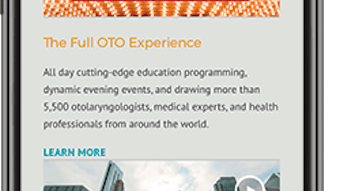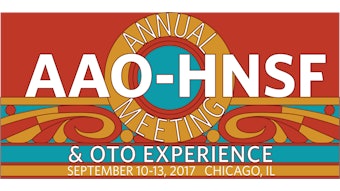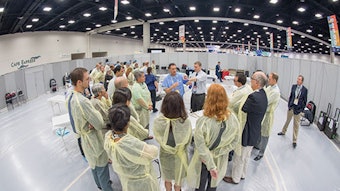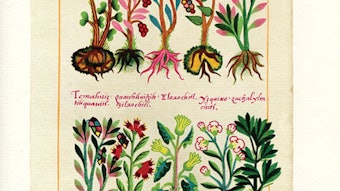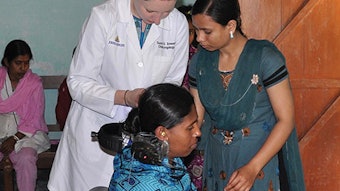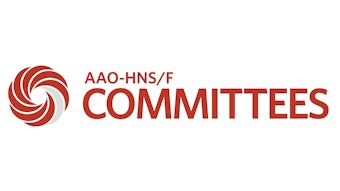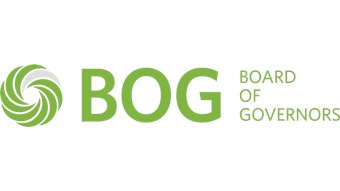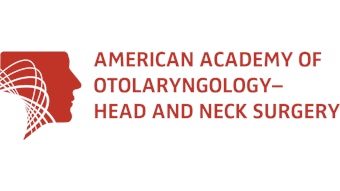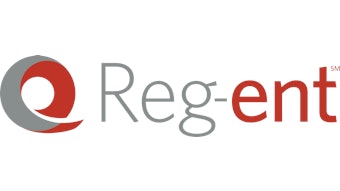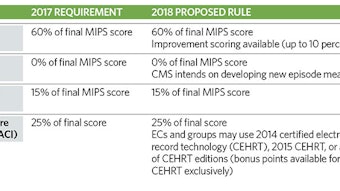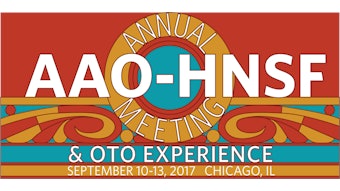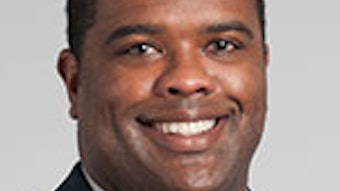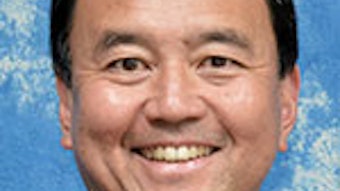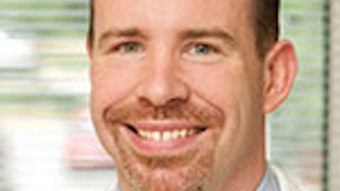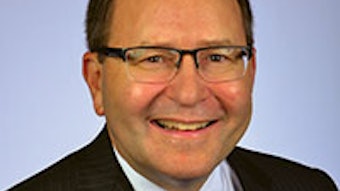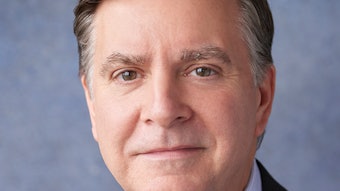You don’t have to bowl alone
My first national Academy meeting was in 1984 in Las Vegas, NV. It was exciting for a variety of reasons: hearing lectures by my surgical heroes, meeting with former mentors, seeing residency friends, and congregating with otolaryngologists from across the country.
David R. Edelstein, MD, BOG Immediate Past Chair
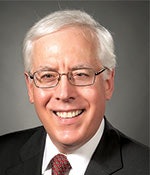
In 1835, Alexis de Tocqueville in Democracy in America had remarked that: “Americans of all ages, all stations in life, and all types of disposition are forever forming associations.” The Academy is such an association where otolaryngologists come to meet twice a year, not just to build intellectual capital, but to form “social capital.”
The problem is that over the last three decades, paralleling my career in medicine, there has been a trend toward reduced civic involvement with people joining fewer organizations. A must-read book on this subject, Bowling Alone, was written by sociologist Robert D. Putnam in 2000. Putnam wrote: “We are still more civically engaged than citizens in many other countries, but compared with our own recent past, we are less connected … We kibitz, but we don’t play … We maintain a façade of formal affiliation, but we rarely show up. We have invented new ways of expressing our demands that demand less of us … We are less generous with our money and with our time, and we are less likely to give strangers the benefits of the doubt. They, of course, return the favor.”
Quick. Take this test.
- What percent of national income was given to charity in 1964 versus 1998?
- What was the relative change in the percentage of people serving on a committee for a local organization between 1974 and 1994?
- Since the 1830s, what was the decade of the lowest formation of new associations in the United States?
[ANSWERS: 1. 2.26 percent in 1964 and 1.61 percent in 1998 (29 percent less) 2. Minus 39 percent 3. 1990s]
Why does this matter? Social connectiveness is directly related to your well-being, health, and happiness—both social and economic. Communities do better with more functioning participants. (When did you last volunteer for an Academy committee?) Democracy does better with more voters. (Did you vote last November?) Families function better with more interaction. (When did you last have dinner with your whole family?) Our medical specialty does better when people show up to learn from each other. (What is your excuse for missing the Annual Meeting?)
What is the solution? The Academy is definitely part of the solution. Where else but at the AAO-HNSF 2017 Annual Meeting & OTO Experience can you see 35 percent of all U.S. otolaryngologists once a year and participate in over 30 committees and groups. The Board of Governors (BOG) is also integral to the solution with its fall, spring, and frequent monthly phone meetings. It is the glue that holds the 104 local, state, and national societies together through its committees. The BOG links us with its annual surveys, its virtual society computer platform that allows your local society to link people who may live hundreds of miles apart, its state tracking program to follow every state’s legislation, and Project 535 that connects an otolaryngologist voter with every member of Congress. This is building true social capital, which we need to succeed in the new world of greater productivity, less free time, expanding governmental control, and greater economic stress.

